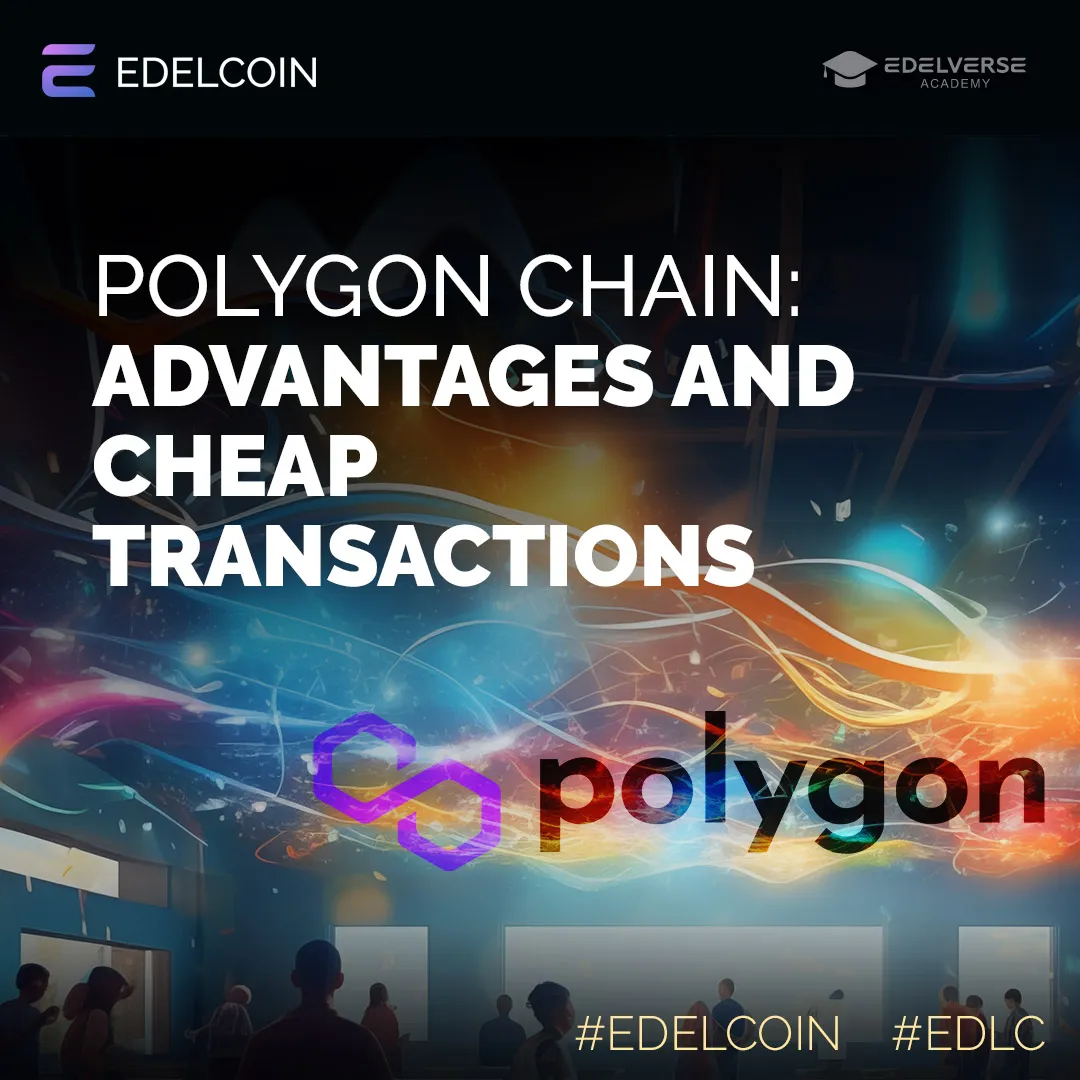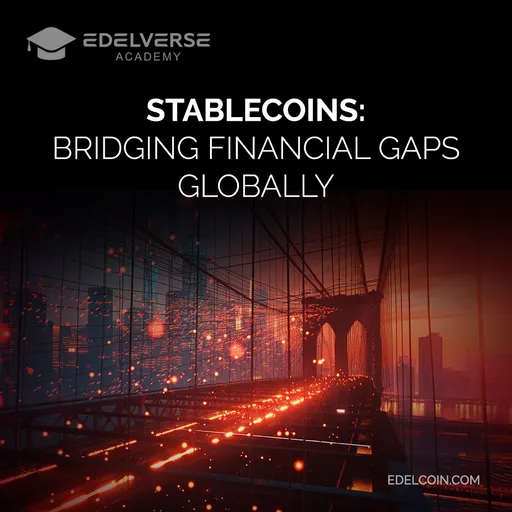
What is a Polygon chain
Creation, Popularity, Advantages, and Use for Cheap Transactions
Introduction
In the ever-evolving world of blockchain technology, scalability and transaction speed have always been significant challenges. These limitations have driven the development of numerous solutions designed to enhance the functionality and efficiency of blockchain networks. One such solution is Polygon, a Layer 2 scaling solution for Ethereum that has gained substantial popularity. This article delves into the creation of Polygon, its rise to popularity, its key advantages, and its suitability for cheap transactions.
The Creation of Polygon
Polygon, originally known as Matic Network, was founded in 2017 by three Indian developers: Jaynti Kanani, Sandeep Nailwal, and Anurag Arjun. The trio aimed to address Ethereum’s scalability issues and high transaction fees, which were significant barriers to the widespread adoption of decentralized applications (dApps).
The Vision Behind Polygon
The founders envisioned a framework that would enable the creation of scalable and interoperable blockchain networks. They aimed to enhance Ethereum’s performance without compromising its security and decentralization. In 2021, Matic Network rebranded to Polygon, reflecting its expanded mission to become a multi-chain system similar to Polkadot but built on Ethereum.
Why Polygon is Popular
Polygon’s popularity can be attributed to several key factors:
Scalability
One of the primary reasons for Polygon’s popularity is its ability to provide scalable solutions. While the leading platform for smart contracts and dApps, Ethereum often faces congestion issues. Polygon addresses this by offering a Layer 2 solution that processes transactions off-chain before finalizing them on the Ethereum mainnet. This significantly reduces the load on Ethereum, resulting in faster and cheaper transactions.
Lower Transaction Fees
High gas fees on the Ethereum network have been a major pain point for users and developers. Polygon’s Layer 2 solution allows transactions to be processed at a fraction of the cost. This affordability makes it an attractive option for developers looking to deploy cost-effective dApps and for users who want to avoid high fees.
Interoperability
Polygon’s architecture is designed to support interoperability between different blockchain networks. This means that dApps built on Polygon can interact seamlessly with other blockchains, enhancing their functionality and reach.
Robust Development Ecosystem
Polygon has cultivated a robust development ecosystem by providing tools and resources that make it easier for developers to build and deploy dApps. These include the Polygon SDK, which allows developers to create Ethereum-compatible blockchain networks, and various APIs and frameworks that simplify the development process.
Strong Community and Partnerships
Polygon has built a strong community of developers, users, and investors. It has also formed strategic partnerships with major projects in the crypto space, further enhancing its credibility and adoption. For instance, notable projects like Aave, SushiSwap, and Decentraland have integrated with Polygon to leverage its scalability and low fees.
Advantages of Polygon
Polygon offers several advantages that contribute to its growing adoption and popularity:
Enhanced Scalability
By utilizing Layer 2 sidechains, Polygon significantly increases Ethereum’s scalability. This means the network can handle a higher volume of transactions per second (TPS) compared to the Ethereum mainnet. This scalability is crucial for the growth and adoption of dApps, which require high throughput to function efficiently.
Cost Efficiency
The reduced transaction fees on Polygon make it a cost-effective solution for developers and users. Developers can deploy and maintain their dApps without incurring exorbitant gas fees, while users can conduct transactions at a fraction of the cost compared to the Ethereum mainnet.
Faster Transactions
Polygon’s Layer 2 solution enables faster transaction processing times. This is achieved by offloading transaction processing to sidechains, which operate independently of the congested Ethereum mainnet. As a result, transactions on Polygon are confirmed within seconds, providing a smoother user experience.
Security
Despite operating as a Layer 2 solution, Polygon maintains a high level of security by leveraging the security of the Ethereum mainnet. Transactions processed on Polygon’s sidechains are ultimately finalized on Ethereum, ensuring that they benefit from Ethereum’s robust security infrastructure.
Developer-Friendly Environment
Polygon provides a comprehensive suite of development tools and resources that make it easier for developers to build and deploy dApps. This includes the Polygon SDK, various APIs, and integration with popular development frameworks like Truffle and Hardhat.
Why Use Polygon for Cheap Transactions
The primary advantage of using Polygon for transactions is its cost efficiency. Here’s why Polygon is an ideal choice for cheap transactions:
Reduced Gas Fees
Transactions on Polygon are processed at a fraction of the cost of the Ethereum mainnet. This is particularly beneficial for users who engage in frequent transactions, such as traders, gamers, and participants in decentralized finance (DeFi) protocols.
Microtransactions
Polygon’s low fees make it feasible to conduct microtransactions, which are impractical on the Ethereum mainnet due to high gas fees. This opens up new possibilities for dApps that rely on microtransactions, such as gaming platforms and content marketplaces.
DeFi Applications
DeFi applications often involve complex transactions that can incur high gas fees on the Ethereum mainnet. By utilizing Polygon, DeFi protocols can offer their services at a lower cost, making them more accessible to a broader audience.
NFT Transactions
The high gas fees on Ethereum have been a significant barrier to the adoption of non-fungible tokens (NFTs). Polygon’s low fees make it more cost-effective to mint, buy, and sell NFTs, driving greater adoption and innovation in the NFT space.
Conclusion
Polygon has established itself as a leading Layer 2 scaling solution for Ethereum, offering enhanced scalability, lower transaction fees, and faster transaction processing times. Its robust development ecosystem, strong community, and strategic partnerships have further fueled its popularity. By providing a cost-effective transaction solution, Polygon has opened up new possibilities for dApps, DeFi protocols, and NFT marketplaces. As blockchain technology evolves, Polygon’s role in addressing scalability and cost issues will be crucial in driving the widespread adoption of decentralized applications.
Soon, Edelcoin is going to be launched on Polygon as well. Stay tuned!
Test Your Knowledge
- Who were the founders of Polygon?
a. Vitalik Buterin, Gavin Wood, and Charles Hoskinson
b. Jaynti Kanani, Sandeep Nailwal, and Anurag Arjun
c. Satoshi Nakamoto, Hal Finney, and Nick Szabo
2. What is the primary advantage of Polygon's Layer 2 solution?
a. Enhanced Decentralization
b. Lower Transaction Fees
c. Improved Privacy
3. Why is Polygon particularly suitable for microtransactions?
a. High Throughput
b. Strong Community Support
c. Reduced Gas Fees
Correct answers: 1b, 2b, 3c.
Contents





